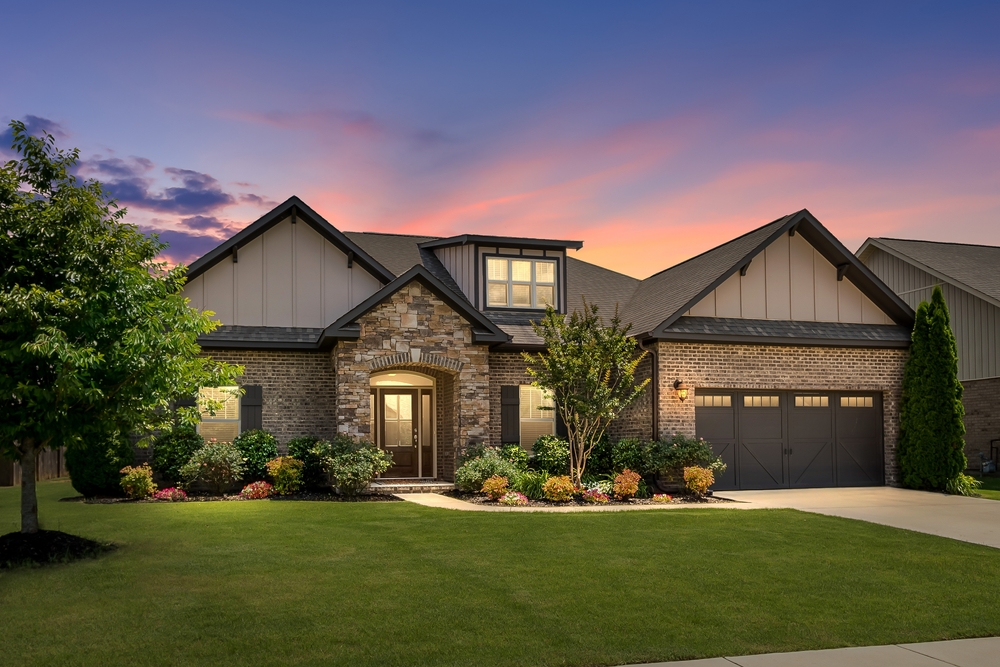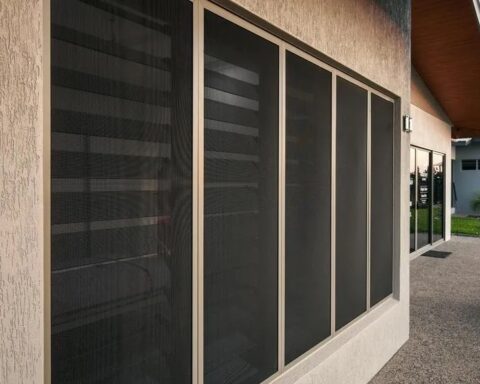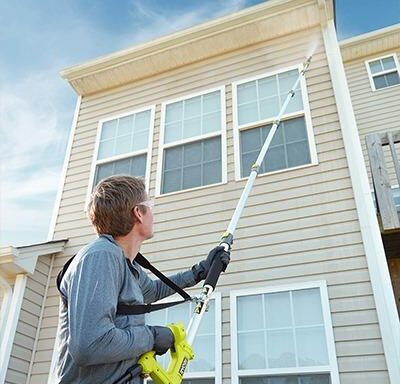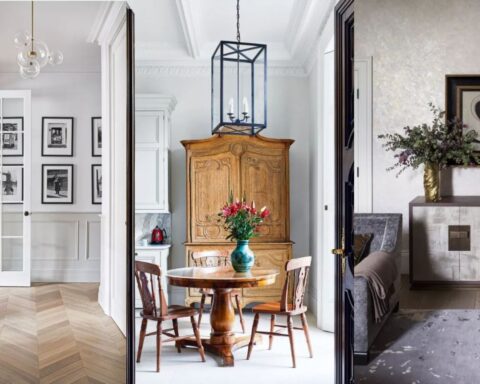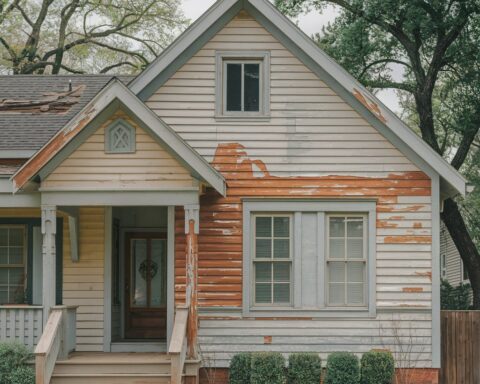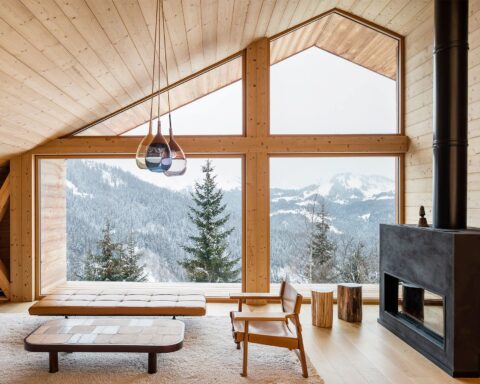The construction of a house intended to endure for centuries demands meticulous planning, thoughtful material selection, and a keen focus on structural integrity and sustainability. Such a project requires careful consideration of every element, from site selection to interior finishes, aiming to achieve longevity, durability, and minimal maintenance over time.
Location
At the outset, choosing the right location is paramount. A site with stable soil conditions and good natural drainage sets the foundation for a structurally sound house. Orientation plays a crucial role as well, with careful consideration given to maximizing natural light exposure while minimizing exposure to harsh weather elements such as prevailing winds or intense sunlight.
A Foundation to Build On
The foundation, often overlooked in its importance, serves as the literal bedrock of longevity. Utilizing materials like reinforced concrete ensures stability against shifting ground conditions and provides a solid base for the entire structure. Proper insulation and sealing of the foundation prevent moisture infiltration, a key factor in maintaining structural integrity over decades and centuries.
A Strong Frame
When it comes to the structural frame, the choice of materials such as steel and reinforced concrete cannot be overstated. Steel beams and columns and elements made from stainless steel box section offer unmatched strength and durability, while reinforced concrete provides robustness and fire resistance. These materials not only ensure the structural integrity of the house but also contribute to its ability to withstand the test of time against natural elements and potential disasters.
The Right Walls
Walls crafted from enduring materials like stone, adobe, and carefully treated wood further enhance the house’s longevity. Stone, with its timeless appeal and weather-resistant properties, serves both functional and aesthetic purposes. Adobe, suitable for dry climates, provides excellent thermal mass, keeping interiors comfortable year-round. Treated hardwood, used judiciously, adds flexibility in design while resisting decay and pest infestations.
Capping It All
The roof is the first line of defense against the elements. It not only keeps the weather off the occupants and contents but the rest of the structure. Opting for durable materials such as metal roofing not only enhances the house’s resilience but also offers longevity with minimal maintenance. A well-designed roof structure, pitched appropriately for efficient water runoff, coupled with high-quality insulation, ensures energy efficiency and protects against leaks and heat loss.
Effective waterproofing and drainage systems are crucial components of a long-lasting house. Proper sealing of joints and openings, combined with well-designed drainage systems including gutters and French drains, directs water away from the foundation and prevents moisture-related damage over time.
Inside the house, selecting durable and sustainable materials for flooring, paints, and finishes contributes to both longevity and aesthetic appeal. Stone, tile, and hardwood flooring withstand the rigors of daily use while offering timeless elegance. High-quality paints and finishes not only provide aesthetic value but also resist wear and are easy to maintain, ensuring the interior remains fresh and appealing for generations.
Keeping it Together
Maintenance and upkeep play a pivotal role in extending the lifespan of the house. Almost any house can last for centuries if properly cared for a while, conversely, even the most rugged design can be laid low by neglect. Regular inspections of the roof, foundation, and exterior walls are essential to catch and address any issues promptly. A proactive maintenance plan, including cleaning gutters, checking seals, and maintaining HVAC systems, prevents minor problems from escalating into costly repairs.
Looking to the Future
Incorporating sustainable features further enhances the house’s resilience and efficiency. Solar panels reduce reliance on external energy sources and lower utility costs while rainwater harvesting systems conserve water resources and promote sustainability. Energy-efficient appliances and smart home technologies not only reduce operational costs but also contribute to a comfortable and environmentally friendly living environment.
Final Say
Ultimately, building a house to last for centuries is a testament to craftsmanship, foresight, and a commitment to sustainability. By carefully selecting durable materials, implementing robust design features, and adhering to a rigorous maintenance regimen, a house can transcend generations, providing a sanctuary of comfort, security, and timeless beauty for centuries to come.
Keep an eye for more latest news & updates on Essential Tribune!

